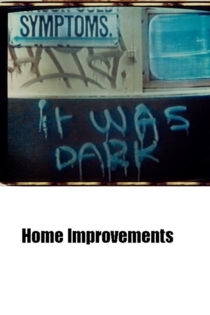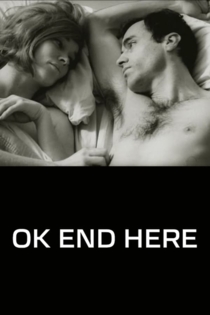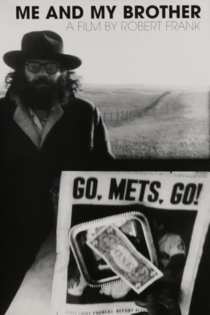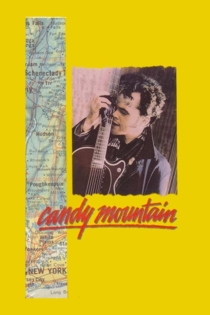
Robert Frank
1924 (100 лет)Home Improvements
Robert Frank
Robert Frank, June Leaf
Home Improvements, Robert Frank’s first video project, is a simple and poignant diary of consequential events. It is about the relationship between Frank’s life as an artist and his personal life, and how the two are inevitably intertwined. It was made cheaply with a half-inch video porta-pak. Home Improvements takes place in New York and Nova Scotia and in the mental space between these two opposing worlds
Home Improvements

Last Supper
Robert Frank
Paola Igliori, Zohra Lampert
In an empty lot in Harlem, an elite group of New Yorkers prepares for a book-signing party given in honor of a writer who never shows up. Local residents, dealing with the practicality of life, look on as the guests obsess about identity, status, and success.
Last Supper

Conversations in Vermont
Robert Frank
Produced in 1969, this was Frank’s first autobiographical film, telling the story of a father’s relationship with his two teenaged children, and his fragile attempts to communicate with them by means of a shared story. The shared story is partly told through Frank’s narration over filmed images of his photographs, family photographs and world famous images.
Conversations in Vermont

Don't Blink: Robert Frank
Laura Israel
Robert Frank, June Leaf
The life and work of Robert Frank—as a photographer and a filmmaker—are so intertwined that they're one in the same, and the vast amount of territory he's covered, from The Americans in 1958 up to the present, is intimately registered in his now-formidable body of artistic gestures. From the early '90s on, Frank has been making his films and videos with the brilliant editor Laura Israel, who has helped him to keep things homemade and preserve the illuminating spark of first contact between camera and people/places. Don't Blink is Israel's like-minded portrait of her friend and collaborator, a lively rummage sale of images and sounds and recollected passages and unfathomable losses and friendships that leaves us a fast and fleeting imprint of the life of the Swiss-born man who reinvented himself the American way, and is still standing on ground of his own making at the age of 90.
Don't Blink: Robert Frank

O.K. End Here
Robert Frank
O.K. End Here is Frank’s 1963 short film about inertia in a modern relationship. The film alternates between semidocumentary scenes and shots composed with rigid formality, and appears to have been directly influenced by the French Nouvelle Vague and Michelangelo Antonioni’s films.
O.K. End Here

Me and My Brother
Robert Frank
Julius Orlovsky, Peter Orlovsky
Julius Orlovsky, after spending years in a New York mental hospital, emerges catatonic and must rely on his brother Peter, who lives with poet Allen Ginsberg. When Julius wanders off in the middle of filming, Frank hires and actor (Joseph Chaikin) to play the character and begins a fictional version of his psychological portrait. Then, as suddenly as he vanished, Julius turns up in an institution where he and Peter must face their relationship.
Me and My Brother

Sanyu
Robert Frank
Sanyu (1901-1964), an important Chinese artist, was a friend of Robert Frank's who died in anonymity in Paris. In this film portrait, Frank creates a requiem that includes dramatic and documentary scenes set in Paris, and a chronicle of his trip to Taipei to attend Sotheby's auction of the paintings Sanyu left him."
Sanyu

Pull My Daisy
Alfred Leslie, Robert Frank
Jack Kerouac, Allen Ginsberg
Pull My Daisy is a film that typifies the Beat Generation. Directed by Robert Frank and Alfred Leslie, Daisy was adapted by Jack Kerouac from the third act of his play, Beat Generation; Kerouac also provided improvised narration.
Pull My Daisy

Life Dances On...
Robert Frank
Life Dances On is Robert Frank’s most personal and emotional work because it deals directly with his family and close friends. The film is dedicated to his daughter Andrea and to his friend and collaborator Danny Seymour, both deceased. Life Dances On is composed of delicately balanced, intuitive moments that merge Frank’s own sense of loss for two people close to him with several filmed portraits of those who share his life, including his family and people on the street in New York City.
Life Dances On...

The Present
Robert Frank
Yûichi Hibi
Simple objects, photographs, and events prompt Frank to self-conscious rumination. From his homes in New York and Nova Scotia and on visits to friends, the artist contemplates his relationships, the anniversary of his daughter's death, his son's mental illness, and his work.
The Present




